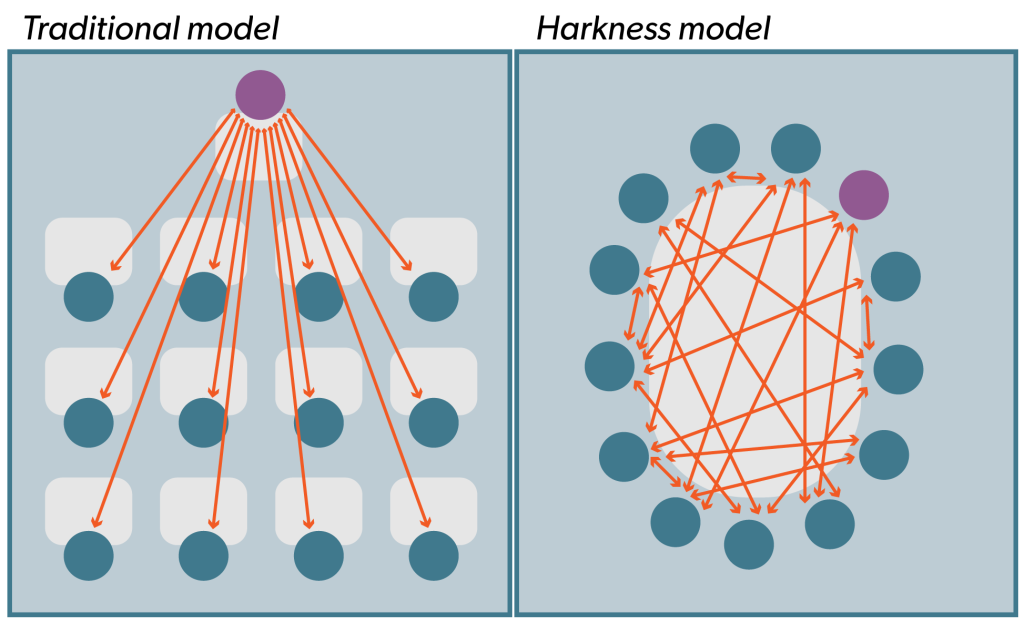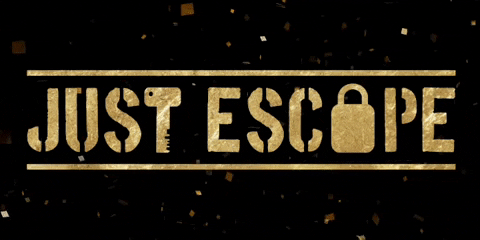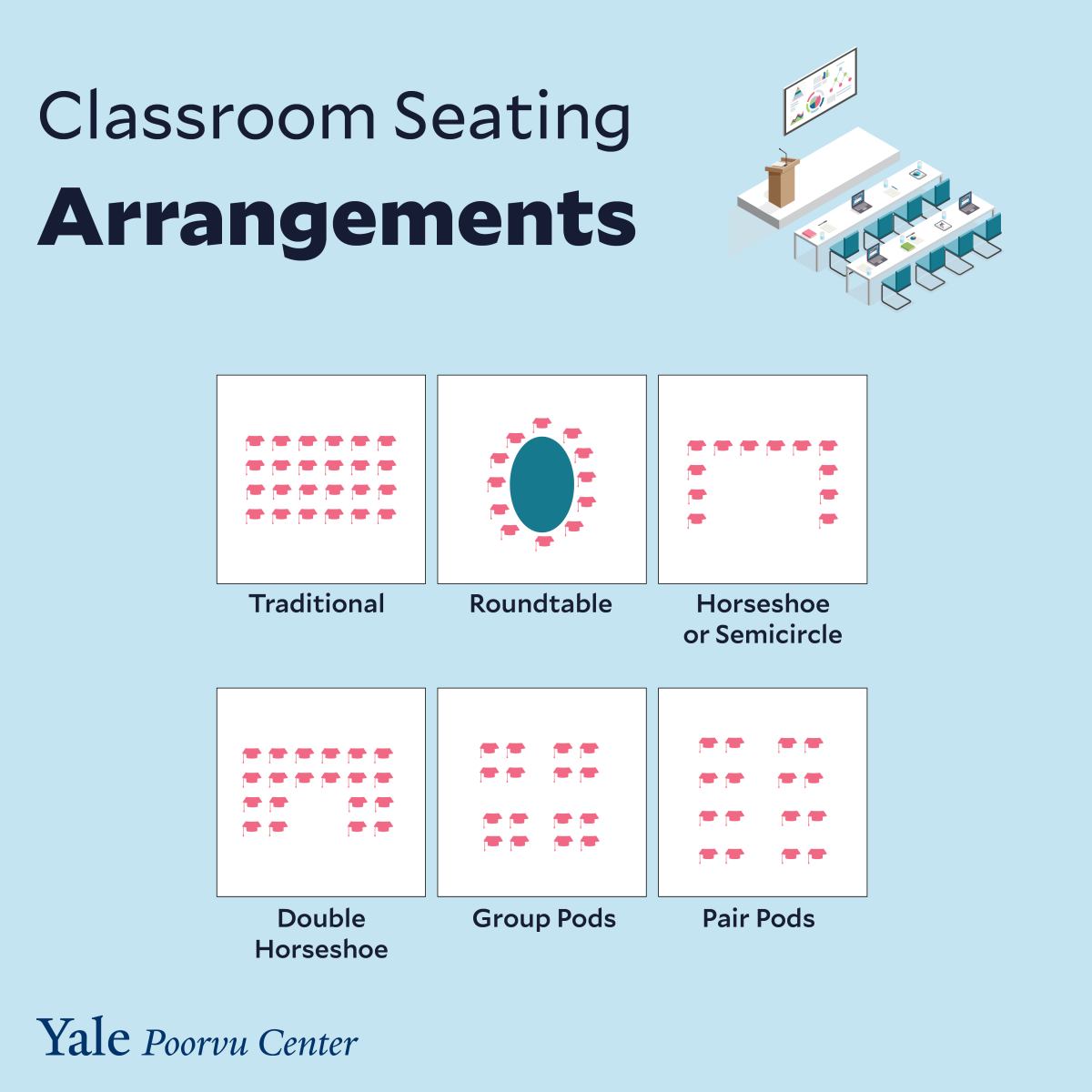A recent Edutopia article entitled, "Bringing the Harkness Method to Math Class" asks,
This often means that the teacher is doing most of the work. John Hattie has done research that shows most teacher speak for 60-70% of a class period, and this leaves little time for students to ask questions or work out their own ideas.Who is doing the majority of the talking in your math classroom? In a traditional secondary math classroom, the teacher is stationed at the front of the room demonstrating examples related to the topic of the day, as illustrated in the traditional model seen below.
1. The Choice Board
- Choice is a powerful motivator.
- Learner variability means that not all students enjoy the same task.
- Students have more control over the pace at which they navigate the tasks.
- Teachers are freed from orchestrating a lesson and able to conference with learners about their progress, provide feedback on work in progress, or conduct side-by-side assessments.
2. Leverage Reciprocal Teaching and Jigsaw Activities
- It encourages students to think about their own thought process during reading (metacognition).
- It helps students learn to be actively involved and monitor their comprehension as they read.
- It teaches students to ask questions during reading and helps make the text more comprehensible.
- It can be adapted for different content areas.
Likewise, the jigsaw method (and it's adaptations) has shown benefits for learning and motivation, making students depend upon each other for new learning.
3. Make Direct Instruction Differentiated and Bite-Sized
Just the Beginning
Consider ways that you can promote discussion and collaborative learning among your students. How can you, as the teacher, step back from the “sage on the stage” lecture model? It doesn’t have to be an overnight shift; even small changes will promote student voice, equity, and deeper thinking.

























